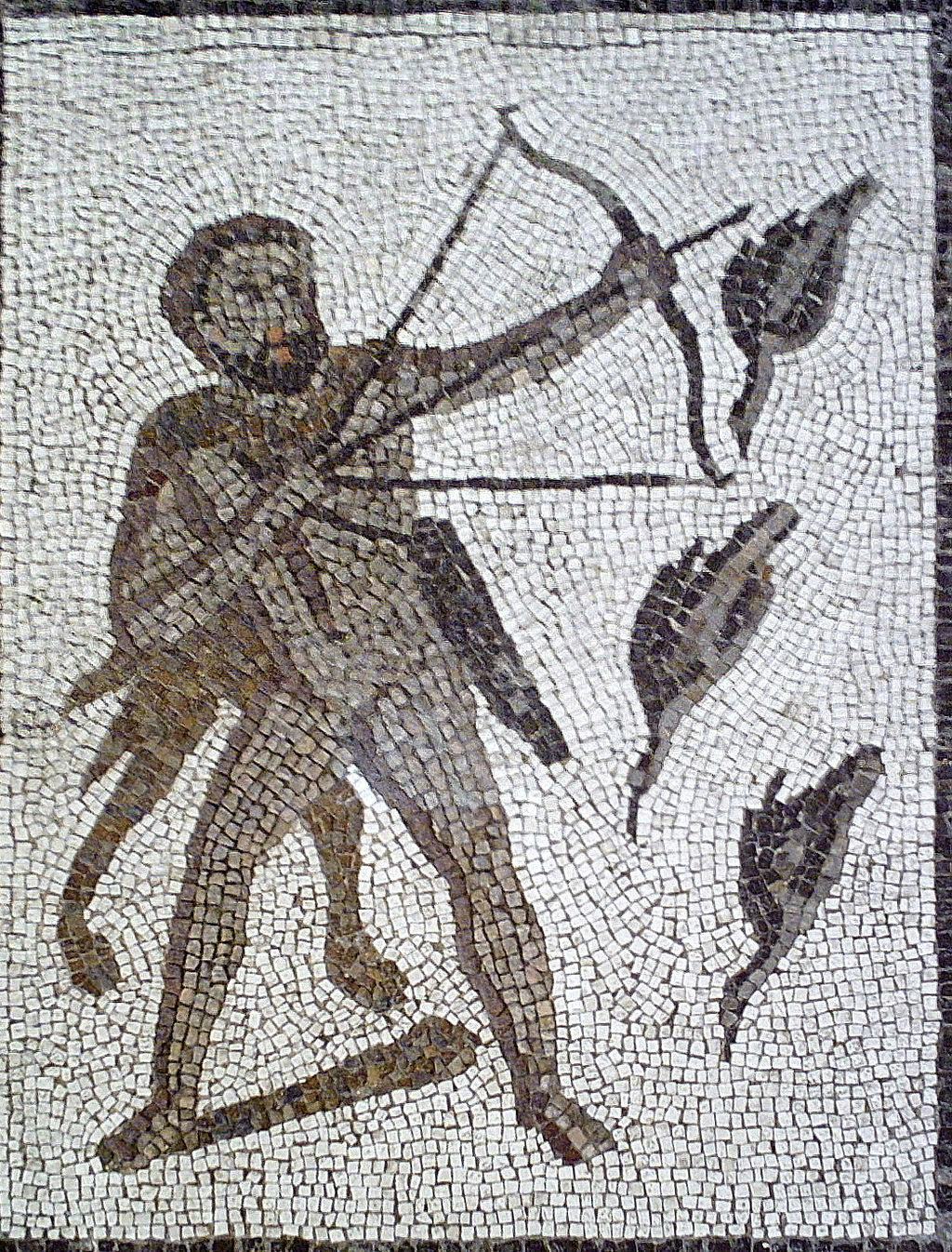Stymphalian birds

The Stymphalian birds (/stɪmˈfeɪliən/ stim-FAY-lee-ən; Ancient Greek: Στυμφαλίδες ὄρνιθες, Stymphalídes órnithes) were terrifying creatures in Greek mythology, named after their habitat in the swamps of Stymphalia.
These monstrous birds possessed bronze beaks, metallic feathers they could launch as deadly projectiles, and toxic excrement. When hunters approached, they would attack ferociously, their bronze beaks easily penetrating conventional bronze or iron armor. However, their beaks would become trapped in thick cork garments, similar to how small birds become stuck in bird-lime. Physically, they resembled cranes or ibises in size, though with stronger, straighter beaks.
The Stymphalian birds were associated with either Artemis, goddess of the hunt, or Ares, god of war. Legend states they fled to an Arcadian marsh to escape wolves, where they multiplied rapidly and devastated the region—destroying crops, fruit trees, and attacking locals.
In Heracles' famous twelve labors, his sixth task was to defeat these birds. Unable to enter the marsh due to the unstable ground, Heracles received divine assistance from Athena, who provided a special rattle (krotala) crafted by Hephaestus. By shaking this noise-making device from a nearby mountain, Heracles frightened the birds into flight and shot many with arrows tipped with the poisonous blood of the Hydra. He presented some of the slain birds to Eurystheus as proof of completion, while the survivors fled to Aretias Island in the Euxine Sea, where the Argonauts later encountered them.
An alternative account by Mnaseas suggests the Stymphalian "birds" were actually women—daughters of Stymphalus and Ornis—killed by Heracles for their inhospitality. Interestingly, at the temple of Stymphalian Artemis, these creatures were depicted as birds, while marble statues behind the temple showed maidens with birds' feet, perhaps reflecting this dual nature in their mythology.